· 6 min read
Addressing climate change demands that we take bold and immediate action — above anything we have done to date. It will require huge shifts in policy, capital, business, technology, and behavior. Fortunately, all of this is possible. We already have the tools we need, and more are being developed.
What do we have to do? And when do we have to do it?
Numerous researchers have developed scenarios to show how we might stop climate change and meet the “Paris Accords”. This would limit planetary warming to 1.5˚C or “well below” 2˚C. (We’re seeing ~1.1˚C of warming already.) While each scenario makes different assumptions about technology, economics, and policy, they have patterns in common. According to the “Carbon Law” — a framework adapted from these scenarios — we need to immediately stabilize and cut greenhouse gas emissions nearly in half by the early 2030s, and reach “net zero” emissions by the early 2050s.
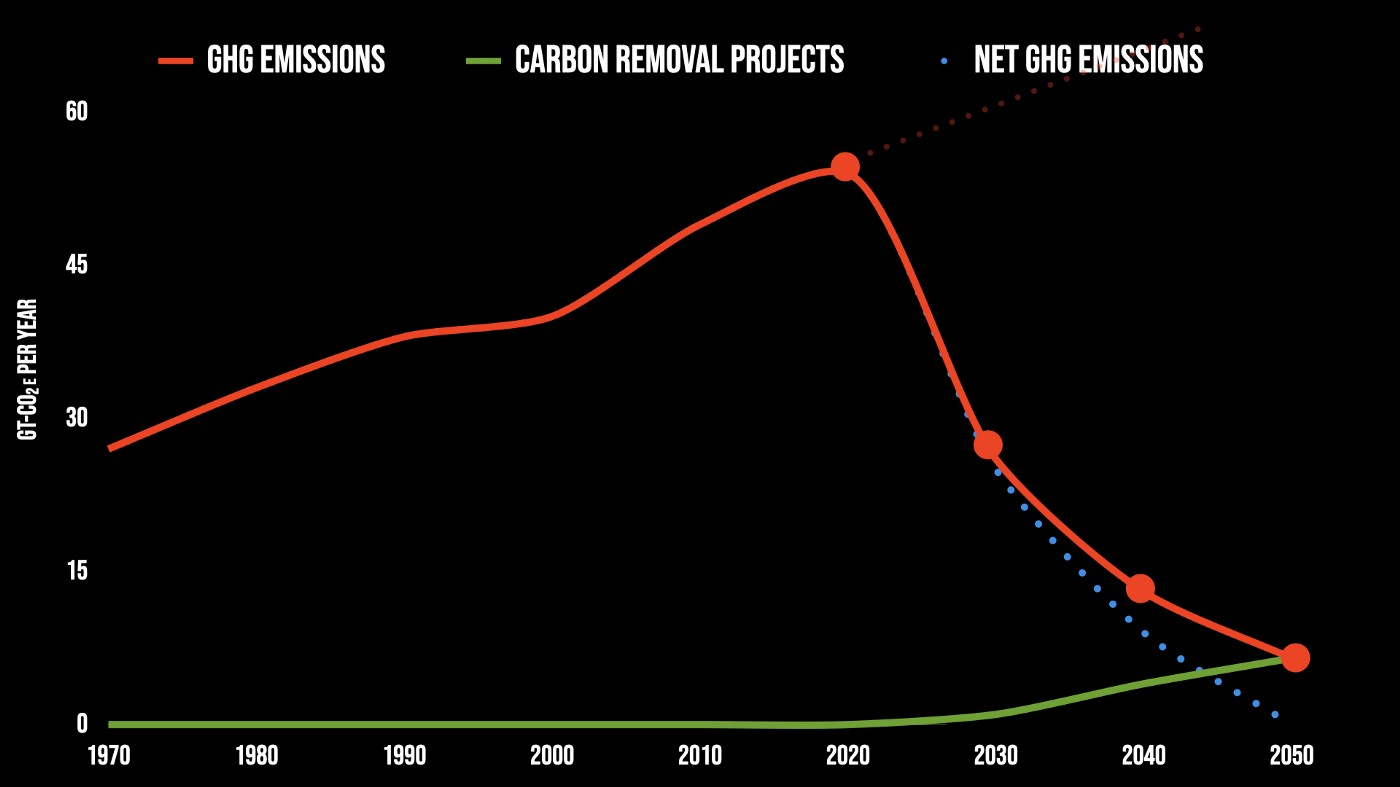
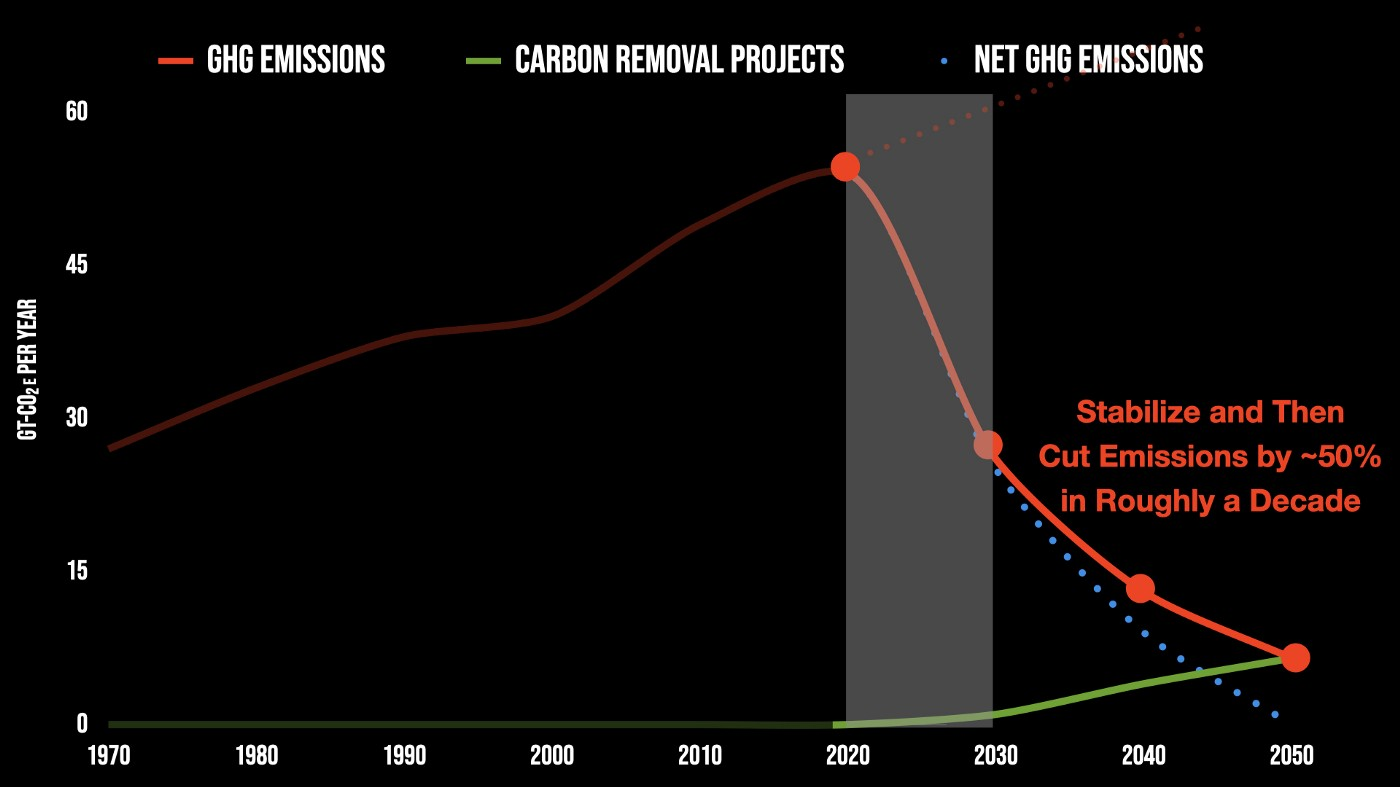
But here’s the hard part: More than half the work to stop climate change must be done in roughly ten years. And we are falling behind.
What’s that Rod Stewart song? “The First Cut is the Deepest”
To start, we must stabilize emissions as quickly as possible. Unfortunately, this hasn’t happened yet. But there are signs that emissions could peak soon, thanks to ongoing emissions cuts in many countries (including the US, much of Europe, and elsewhere) and the anticipated flattening of emissions in China within the next 5 years.
But that’s only the beginning. We also need to cut emissions everywhere we can, as quickly as possible, with the goal of slashing global emissions nearly in half by the early 2030s.
Unfortunately, in 2022, we are starting to miss the window of opportunity to meet this goal.
To get back on track, we need “Emergency Brake” measures to reduce emissions as quickly as possible.
They must be ready to go now, without delay. They can’t wait for new infrastructure to be built. They can’t wait for new technology to be developed. And they can’t wait for nature to accumulate carbon in trees and soils.
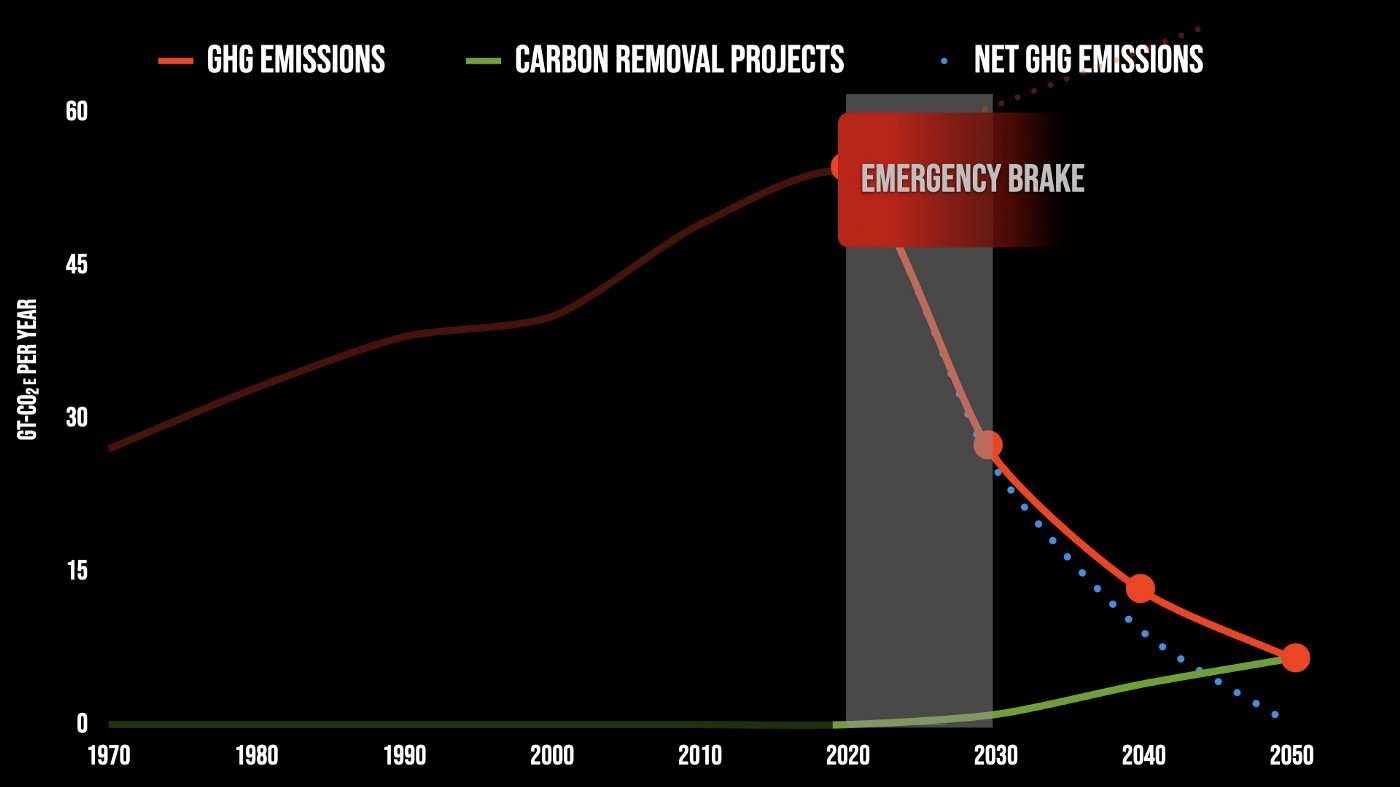
We need to identify the fastest, largest, and lowest-cost climate solutions we can deploy — right now.
To start, I would focus on deforestation, fugitive emissions of methane from fossil fuels, and “black carbon” emissions from dirty cookstoves, biomass burning, and other sources.
Deforestation is particularly important, accounting for ~12% of the world’s emissions, and rising. (For comparison, the United States emits ~11%, and falling, of the world’s greenhouse gases.) Moreover, deforestation is highly concentrated in a few regions, where forests are cleared to raise cattle, animal feed, and palm oil. Focused efforts in Brazil and Indonesia could make a huge difference.
We also need to focus on potent, short-lived climate pollutants. Reducing methane and “black carbon” emissions helps in the short term, as they pack a big warming punch up front. Cutting these emissions now helps us slow warming in the short run, as we cut other emissions.
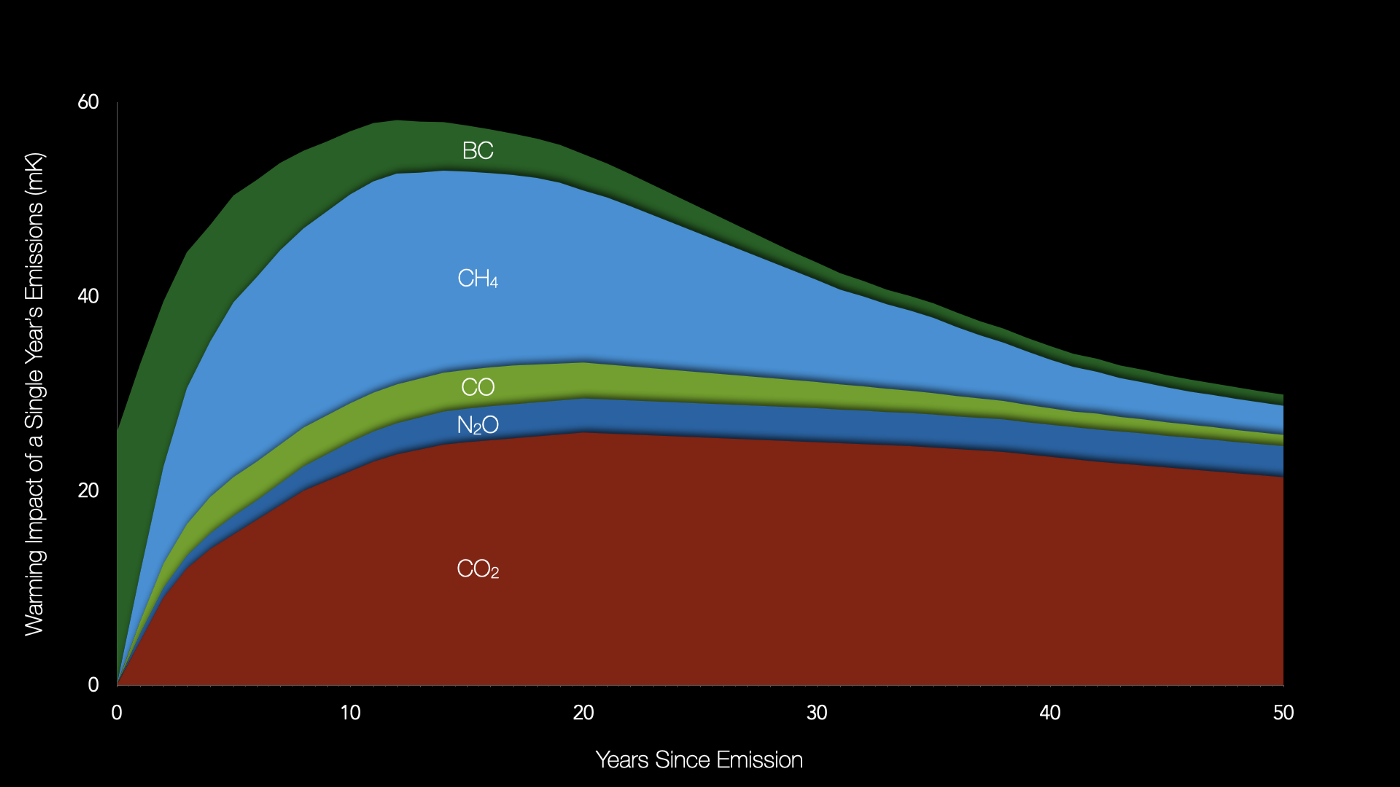
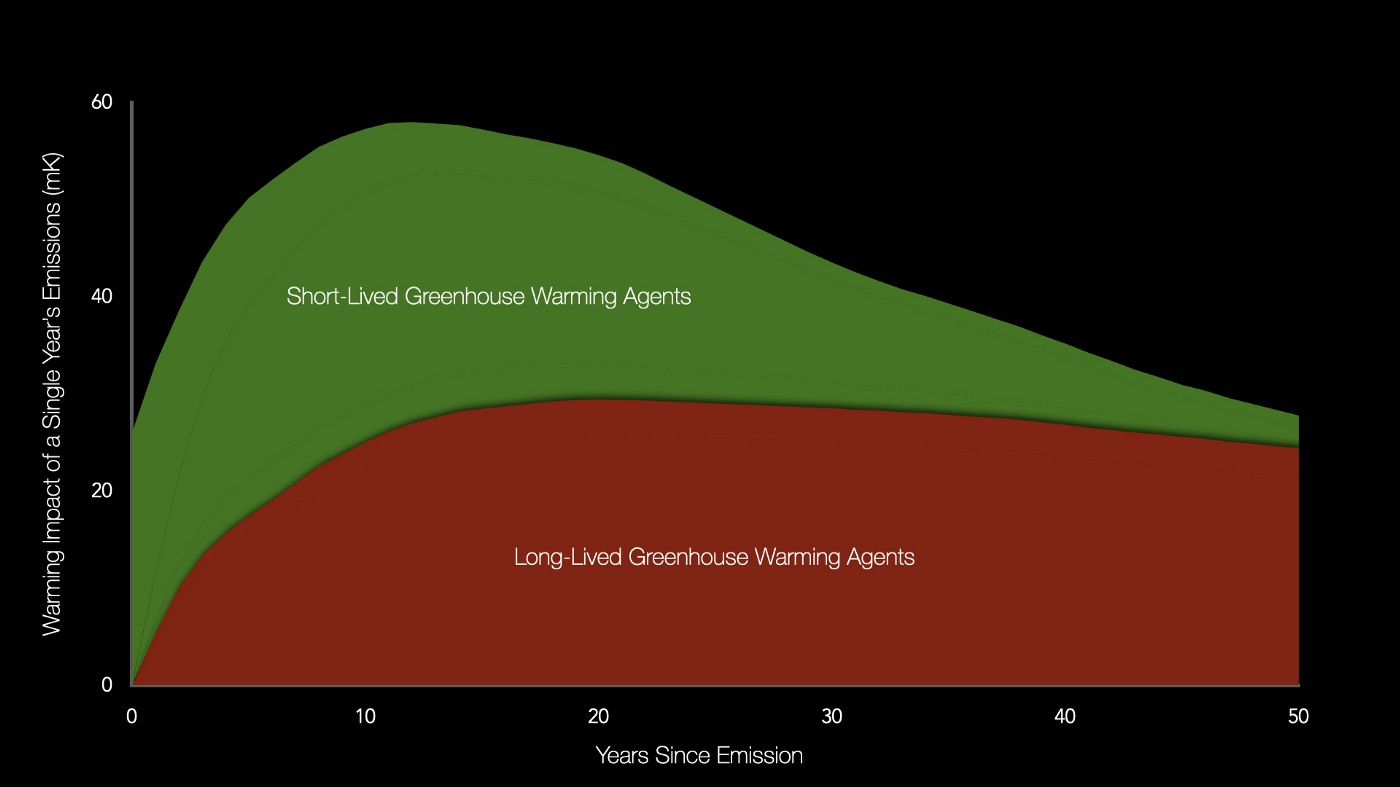
Other “Emergency Brake” solutions could focus on waste and efficiency. There are enormous opportunities to be more efficient in electricity (especially in buildings and industrial processes), industry (through better management of materials), transportation (through increased fuel efficiency and alternative transportation), and buildings (with weatherization, insulation, and automation). And we should cut food waste (~30–40% of the world’s food is never eaten), which can lower emissions significantly.
There are a few other things where emissions cuts could happen quickly without harming vulnerable people. Phasing out cryptocurrencies, private air travel, fast fashion, and truly excessive consumption come to mind.
There are obstacles to implementing these solutions, of course. None of them would happen simply by wishing. But they are among the lowest-hanging fruits, and that’s what we need for quick results.
“Emergency Brake” solutions address the immediate problem of stabilizing and cutting emissions. But this won’t get the whole job done. Fortunately, these aren’t the only tools we have. In fact, we can pursue several waves of climate action — all starting today, unfolding differently over time.
In parallel with “Emergency Brake” solutions, we need to build new infrastructure, restore ecosystems and create nature-based climate solutions, and deploy new technologies that aren’t ready today.
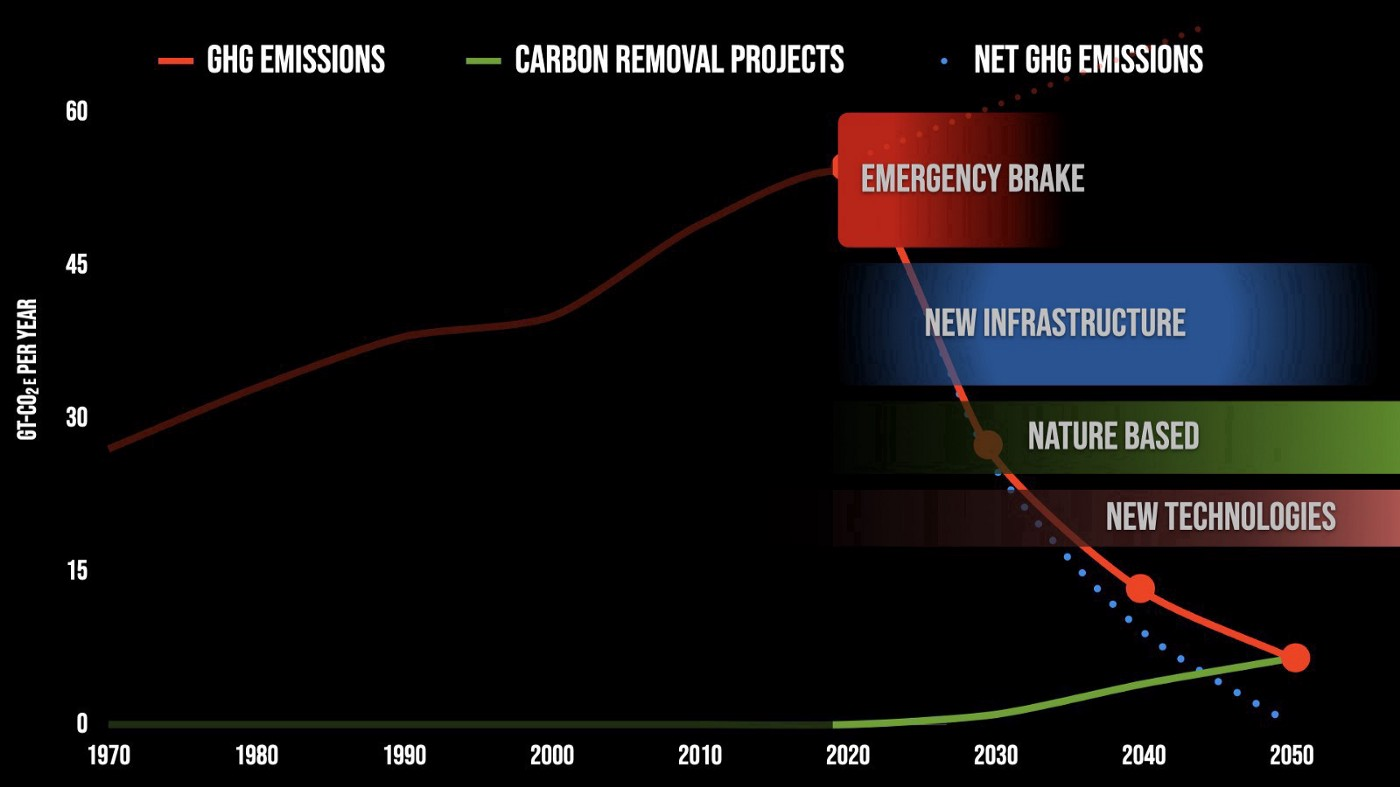
Together, these parallel waves — unfolding over different timescales — will be able to help stop climate change by mid-century.
In the end, science — not hype, hope, or politics — must be used to prioritize our climate actions. And science mandates we deploy “Emergency Brake” solutions now to stabilize and dramatically cut emissions. Science tells us that other solutions are needed too, with new infrastructure, nature, and new technologies.
While I like a “big tent” to address climate change — with all potential solutions having an equal seat at the table — the science underlying Earth’s climate has other ideas. Simply put, we have to prioritize what to fund now and what to do first.
It’s like building a house. You need to start with the foundation, before building the walls and roof. If you don’t, the house falls down.
This article is also published on the author's blog. Illuminem Voices is a democratic space presenting the thoughts and opinions of leading Energy & Sustainability writers, their opinions do not necessarily represent those of illuminem.






